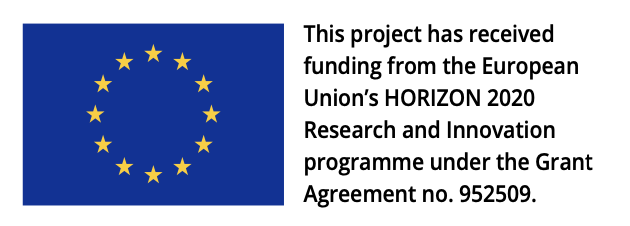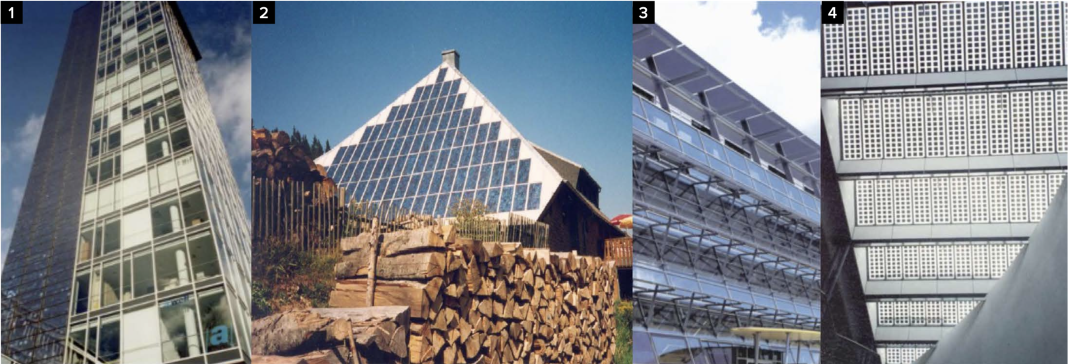Maciej Sibiński, Research Professor from Tallinn University of Technology, highlights the 5GSOLAR project, which is on track to commercialise solar cells
The development of the new Sb2(S,Se)3, (Sb,Bi)2Se3 solar cells is currently underway, but effective commercialisation is crucial for successful growth, and proper perspective and potential technology applications are vital for future advancement.
5GSOLAR project successfully supports antimony-based chalcogenide solar cells
Intense effort was recently put into the development of Sb2S3 and Sb2Se3 structures in the Tallinn University of Technology’s Laboratory for Thin Film Energy Materials group, bringing about significant progress in both technology and efficiency levels. By using low-temperature and low-energy-consumption closed-spaced sublimation and chemical spray pyrolysis methods, the manufacturing technology was elaborated to achieve an industrial level.
Also, electron and hole-transporting layers are optimised to sustain simplified synthesis processes and high yields. With this technology, efficiencies of 5.5% with a semi-transparent option device of average visible transmittance (AVT) at the level of 30-33% in the wavelength range (400-800 nm) were recently achieved. However, for effective commercialisation, the properly marked niche must be effectively identified and addressed, and solid business cooperation must be established.
The proper application fields are crucial to market success
There are several application areas most suitable for semi-transparent, stable inorganic PV structures. One of them is the application in small PV systems, which recently boomed, mainly due to the technical development of PV modules, the rise of electricity prices, and new laws and regulations in several European countries. It affected the present PV power capacity installed per inhabitant of value at the top level of 1 kW (kilowatt peak) in the Netherlands and Germany and mid value for EU 27 of around 350 Wp/citizen in Estonia, Spain and Poland.
The situation varies from country to country according to local prices, weather conditions, and subsidies. Still, in general, many regions observed rapid development, which was not always well prepared or controllable, and improved both energy production balance and architectural concept in private buildings. Proper Sb2S3 and Sb2Se3 cells applications may effectively fix this.
Another exciting field lies with the new Internet of things (IoT) market. IoT applications may be numerous. From e-tags, sensors, mobile electronics, and smart electric cars with batteries connected to the local low voltage grid, through intelligent house systems upscaling even to the whole infrastructure of the smart city or the smart farm. It appears that supplying every small electronic device working on the field with a good amount of electric energy may be quite complicated. Often, the connection with the 230V AC grid may be long and expensive.
Additionally, to supply those small electronic components, we need low voltage and DC current, so the transformation of energy is needed. Batteries themselves are not an option either due to their large dimensions, high weight, limited lifetimes, and toxicity.
A small, efficient, long-lasting independent DC power source in the form of PV, suitable also for indoor applications, is needed. All of the mentioned issues and opportunities have created an attractive market sector with a growing number of research, designing, and installation companies in EU countries.
Antimuonium-based solar cells in BIPV applications
BIPV is an interesting concept that combines traditional building materials and components with photovoltaic modules. Whether it be a photovoltaic facade, roof tile, PV brick, moving sunshade element, or even window, customers have to buy it anyway if they want to construct their house, so why not give them additional functionality at a moderate price? The possible applications of BIPV are countless.
Some of the most popular BIPV applications are shown in the image and listed below:
- Skyscraper PV facade.
- Power supply for autonomous mountain hostel.
- Adjustable sunshades.
- PV patio glass ceiling.
Still, some barriers to effective and balanced generation and consumption during the daytime in BIPV remain unsolved. One answer to this problem may be the bifacial or even opaque construction of a BIPV module. Bifacial cells, in the case of antimuonium-based structures, may not only increase the overall efficiency but also, when placed vertically, deliver double production peak during the daytime (one in the morning and one afternoon), which significantly improves the balance in the local grid. Further evolution of this idea is the creation of a completely transparent solar cell, which naturally is bifacial as well.
IoT and thin film photovoltaics
EU 5GSOLAR grant is founded within the European Research Area (ERA) HORIZON 2020 programme and is worth €2.5 million. In this programme, new innovative solar cells designed to be long-term stable and universal energy sources for numerous IoT sensors are produced. Moreover, these unique solar cells can work very effectively even in low insulation locations like winter period field grids or indoor applications, which are very popular in the IoT concept. The measured efficiency in limited insulation conditions increased even by more than 150%.
Additionally, it may be produced on a large scale and be semi-transparent, which in some special glass or transparent covers seems invaluable. Plant growing monitoring, pollution emission control, safety systems, border zone remote supervision, animal migration monitoring systems, and much more may be supplied by these new devices.
An EU project granted to TalTech Lab is aimed precisely at building this emerging solar cells research and development infrastructure. Also, the project includes establishing the firm’s business cooperation. Then, IoT applications will boost rapidly because this tool’s comfort and effectiveness are comparable to none.
References
- J. S. Eensalu, et al. Beilstein J. Nanotechnol. 2019, 10, pp. 2396–2409.
- M. Sreekanth et al. ACS Applied Energy Materials Vol. 6, Iss. 7, (2023) pp. 3822 – 3833.
- https://www.enerdata.net/publications/world-energy-statistics-supply-and-demand.html


This work is licensed under Creative Commons Attribution-NonCommercial-NoDerivatives 4.0 International.


